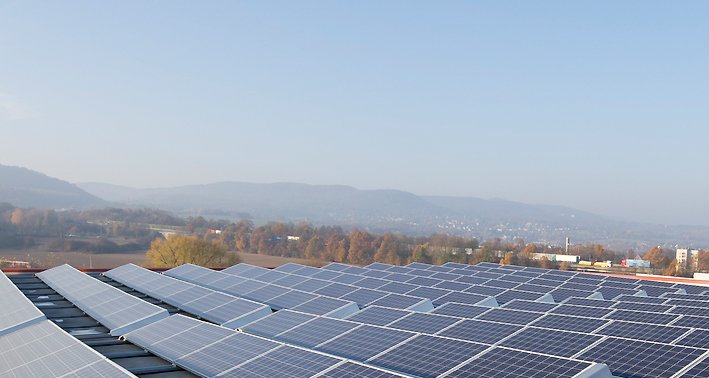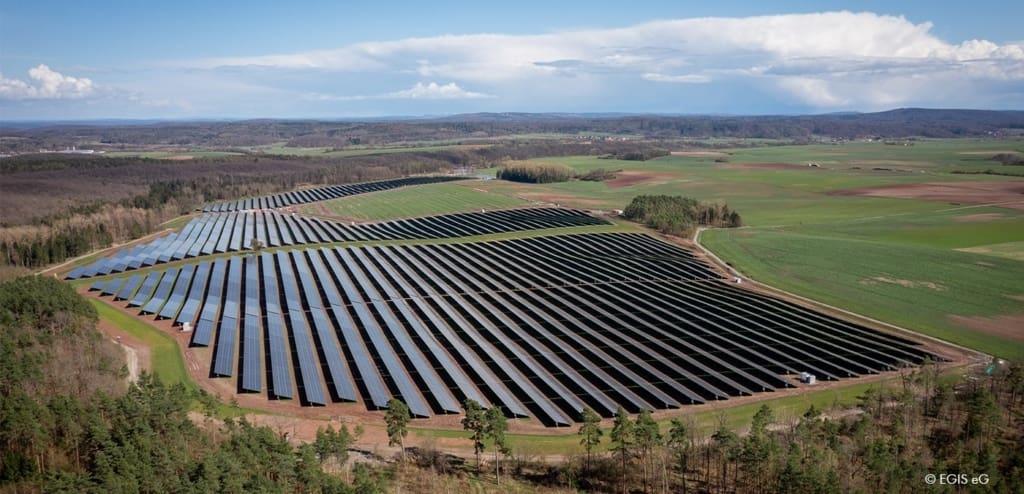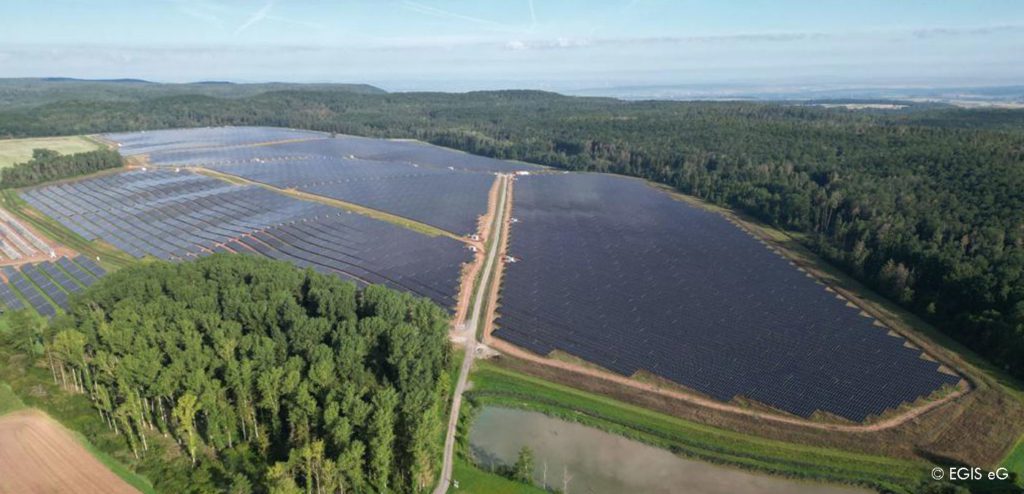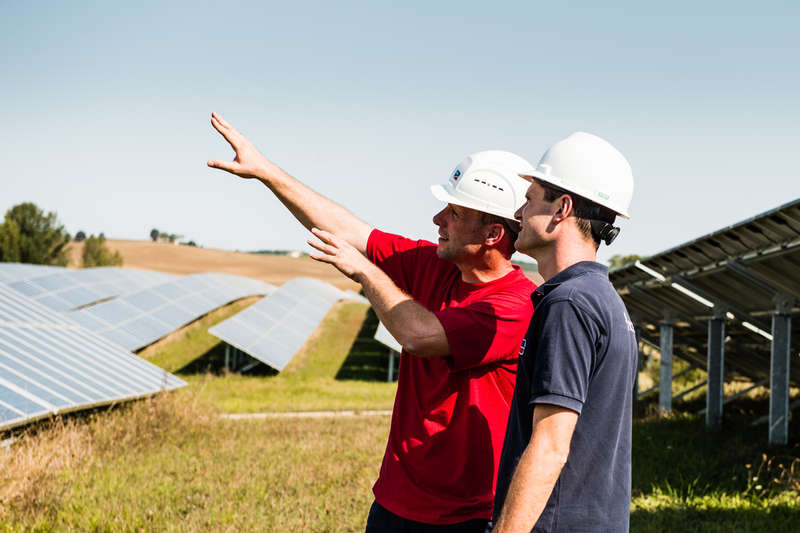What Makes Wind and PV farms "Beautiful"?

Is energy compatible with art? That is the subject we have chosen for dOCUMENTA (13), the world’s largest contemporary art exhibit which is currently taking place in Kassel. Antje Radcke, a blogger in the renewable energy sector, wrote an interesting post regarding the aesthetics of photovoltaic, wind energy and biomass systems. Thanks for the guest post.
Those who often travel by train can see just how far the energy revolution has come. I travel by train all the time.
On my most traveled routes I discover more and more high rising wind turbines, shiny PV panels or cute biomass systems than before. It seems like more renewable energy systems are being installed by the day, and their presence is slowly becoming commonplace. Yet every now and then I put down my book in the train and look out the window to marvel at all the installations on the horizon. And I often ask myself why so many find the sight of renewable energy systems at best unremarkable and at worst the total opposite of beauty.
I already wrote about this subject in an earlier blog post where I asked whether it would help in terms of aesthetic appreciation – and thus acceptance – if wind turbines were designed with more artistic sense or incorporated into the landscape in a more visually appealing manner.
After reading an article in the magazine “Freitag” today I was forced to ask myself a different question: Is it not true that we only perceive something as beautiful if it gives us some kind of emotional response? Perhaps the reason some people perceive wind and PV farms as ugly is that they lack any form of personal or emotional connection to them?
Jörg Friedrich, the author of the “Freitag” article, is more interested in the question of whether we only perceive things as beautiful when they are no longer of use to us – similar to how we now treasure industrial monuments which, while they were still in use, barely elicited any aesthetic response, at least not a positive one. After all, these industrial monuments at one time made lots of noise, polluted the air and ground water resources and ruined an otherwise nice landscape. It is not possible to find beauty in such things…
Or is it? Maybe those who worked in such industrial buildings day in and day out had a completely different view? Since their livelihoods depended on it, they tended to have an emotional connection to “their” factory. And although they may have never thought to ask whether their factory was actually beautiful, that does not necessarily mean they thought it was ugly.

Do we now regard industrial monuments as beautiful because they no longer have any negative side effects? Source: A. Radcke
Nowadays we like looking at industrial monuments because they no longer have any negative side effects and only remain to be seen, remind us of the past and demonstrate technological progress. They therefore touch us on some emotional level.
What does that mean for wind, solar or biomass systems? Do we, as the author in “Freitag” wonders, have to wait for the day that solar or wind farms are no longer in use before we perceive them as beautiful?
No, we can’t wait for that day since aesthetic appreciation is always tied to acceptance, and a broad base of acceptance is essential for the energy revolution to succeed.
And if we can’t wait then we have to become active. Becoming active, for me, means creating an emotional connection for people who have no (financial) stake in renewable energy systems. And with that I return to my favorite subject: We must work together and strive to make people excited about renewable energy. It is not enough that opinion polls show again and again that everyone thinks renewable energy is really great. I advocate taking a proactive stance on the debate surrounding the Renewable Energy Sources Act apportionment and making it clear to the public that wind turbines only exist due to the financial support every single one of us provides. To wit, the energy revolution would not be possible without us. Thanks!!!
In this context: It is also a question of marketing as to whether wind and PV farms are seen as beautiful.





Feel free to contribute!